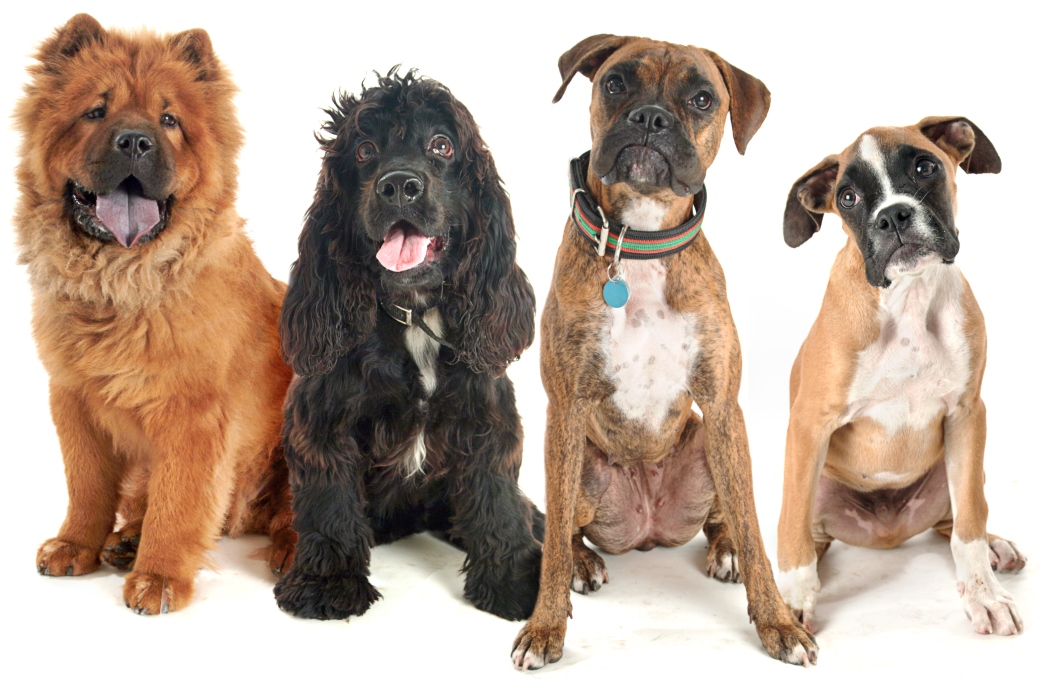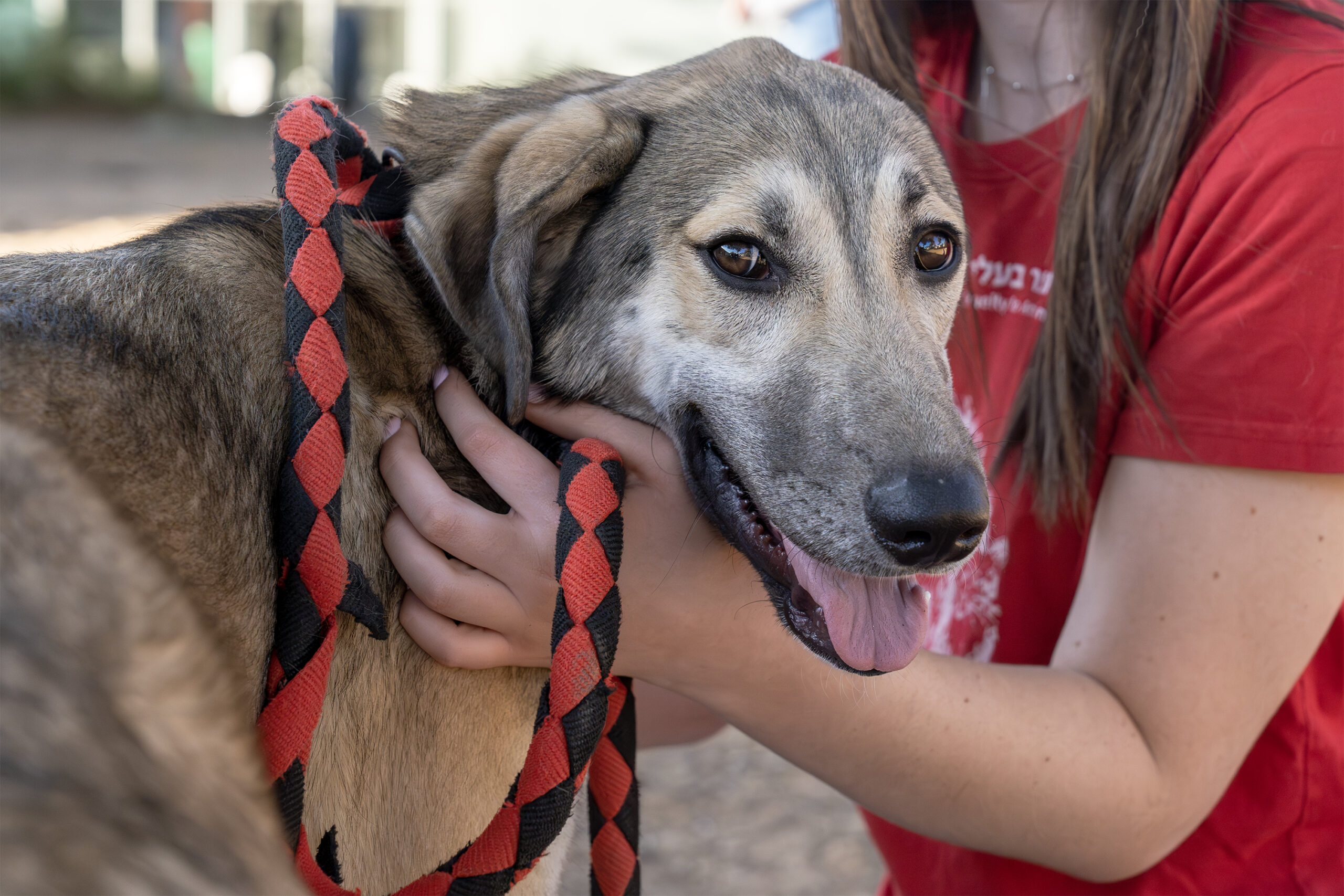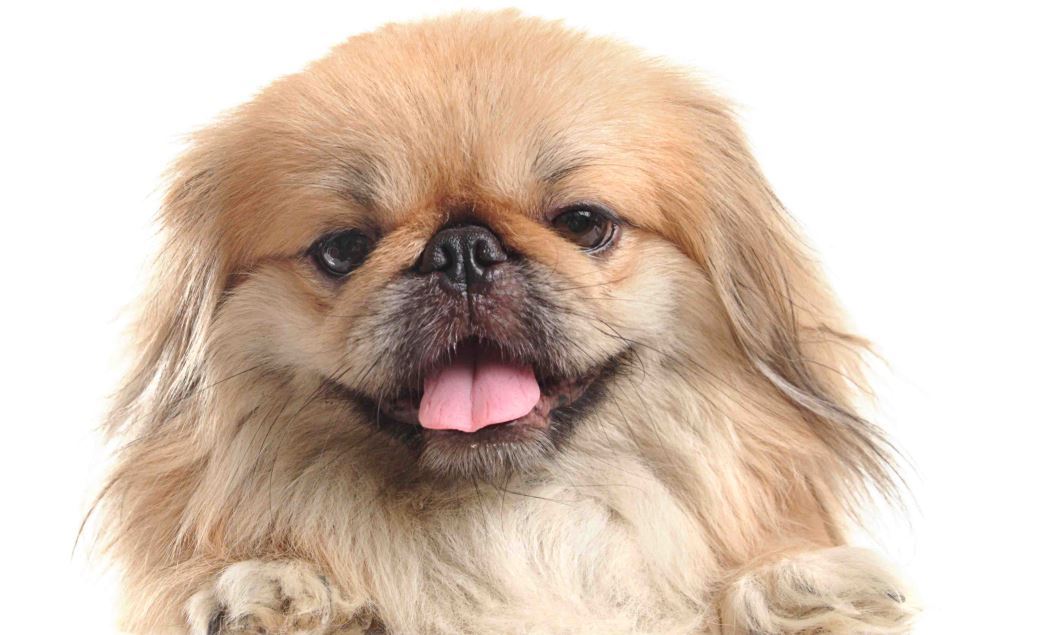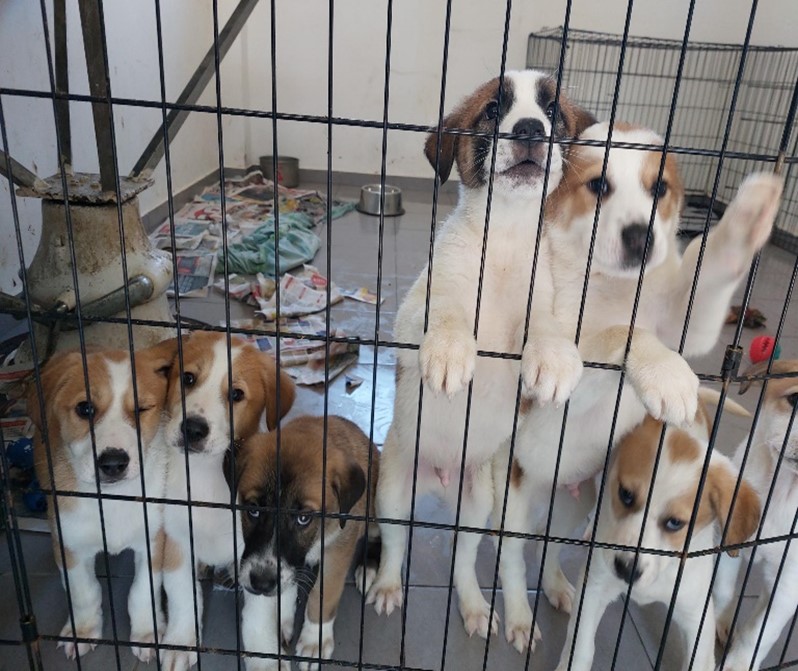
Who is your Pedigree Dog?
Decided to adopt a pedigree dog? In order to prevent bitter disappointment it is recommended to become acquainted with the unique characteristics of the breed and ensure that you will be able to meet its needs


If you love animals and are looking for a way to help, our dogs and cats are waiting for you!

Decided to adopt a pedigree dog? In order to prevent bitter disappointment it is recommended to become acquainted with the unique characteristics of the breed and ensure that you will be able to meet its needs

Before we buy a purebred dog, especially if it is imported from abroad, it is a good idea to know the difficult implications. Attorney Idan Abuhav writes about this painful phenomenon

Every donation, even the smallest, will help us to help them